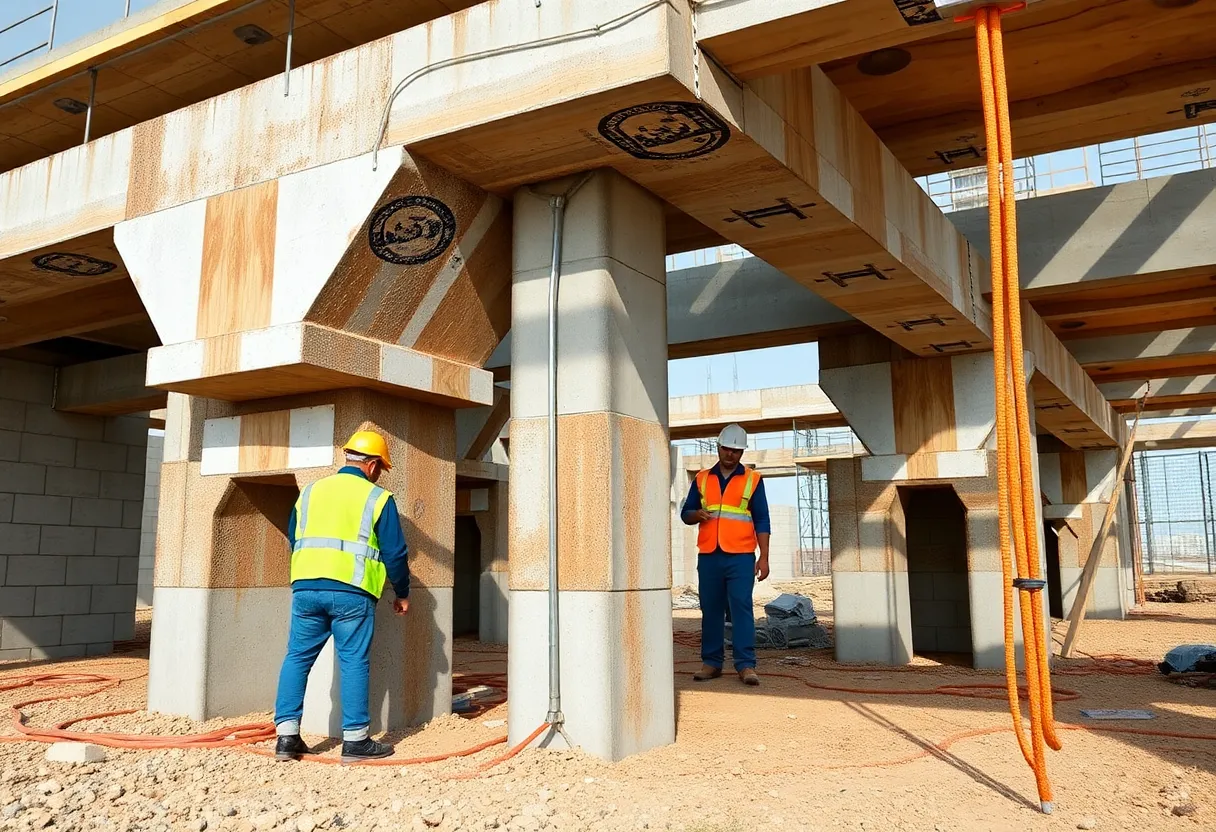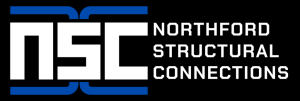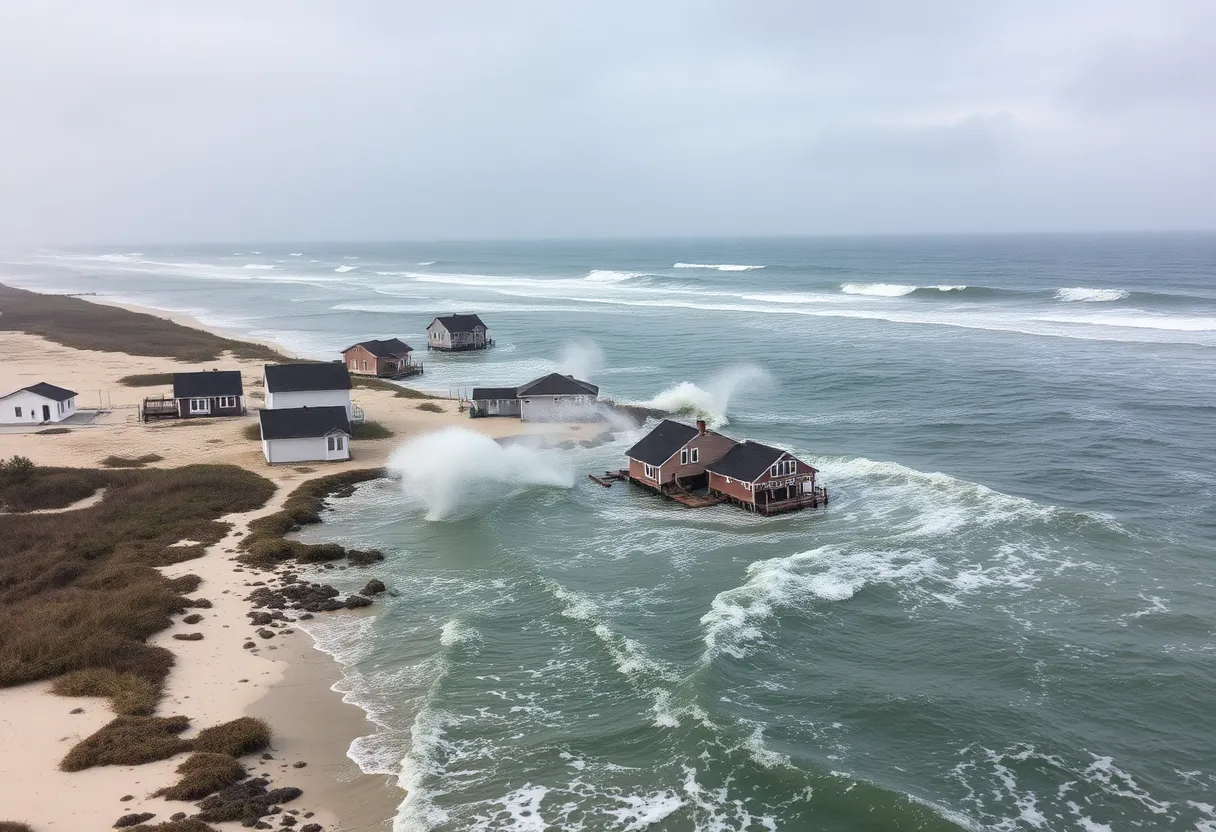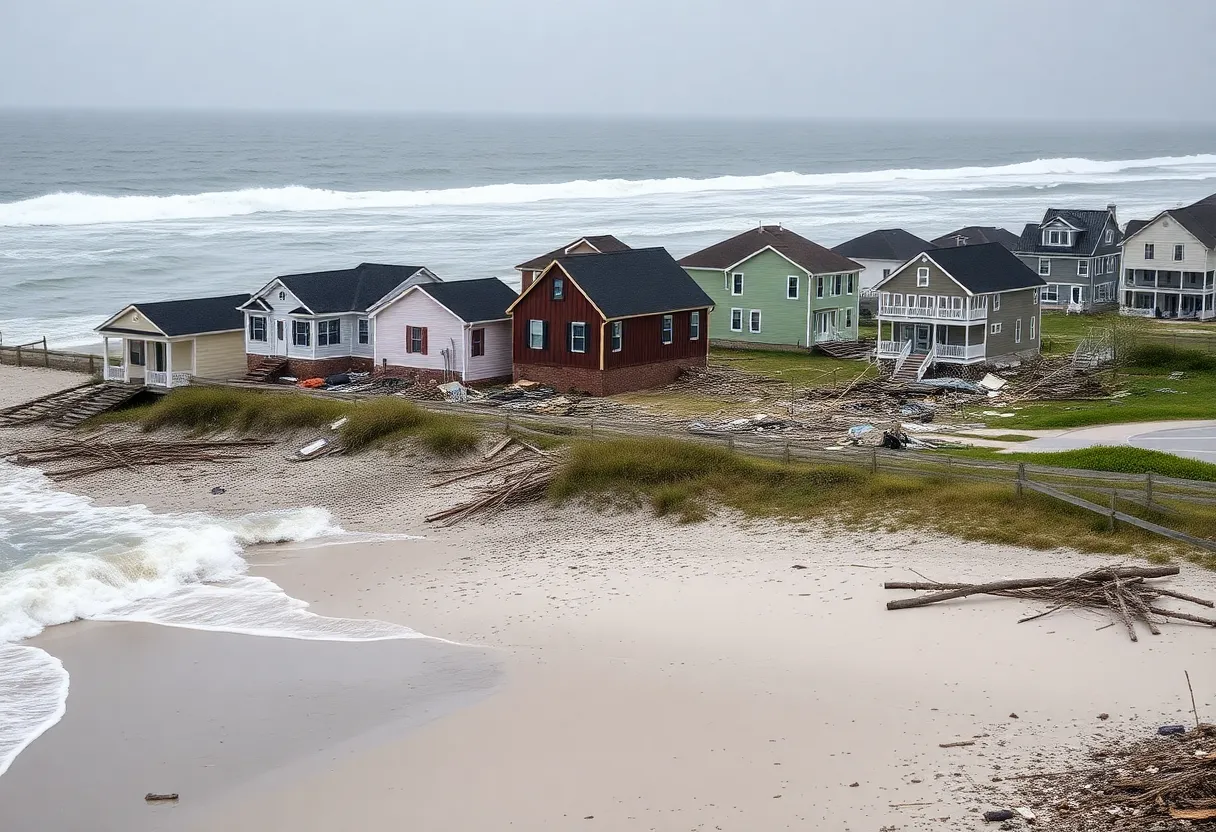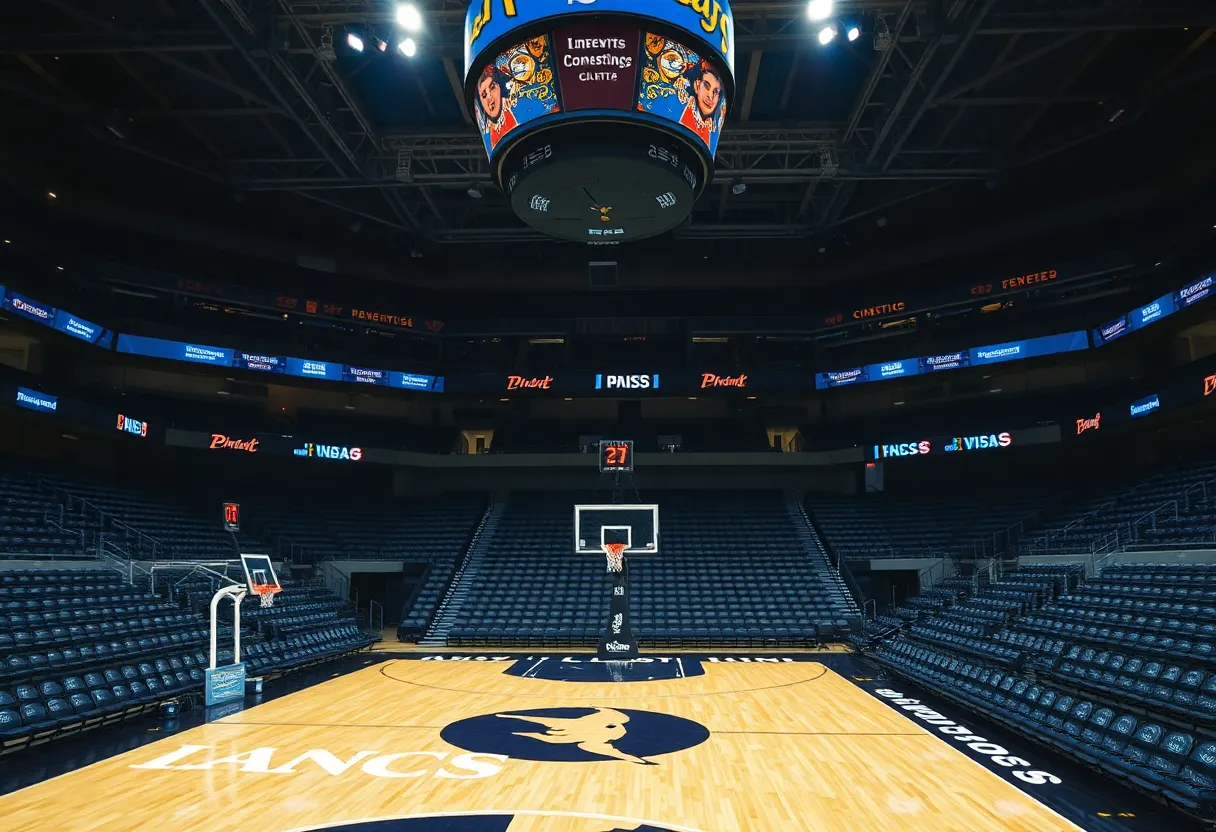How to Prevent Joint Leaks in Double-Tee Structures
Double-tee structures are widely used in the construction industry due to their efficiency and versatility. However, one significant issue that can arise in these structures is joint leaks. This article will provide insights into the prevention of joint leaks in double-tee structures, presenting effective approaches and best practices for engineers and construction professionals.
Understanding Joint Leaks in Double-Tee Structures
Joint leaks occur when water infiltrates through the joints between double-tee elements. This phenomenon can lead to structural damage, increased maintenance costs, and reduced lifespan of the building. It is crucial to control these leaks to ensure the integrity of the structure.
Common Causes of Joint Leaks
Identifying the causes of joint leaks is the first step toward prevention. Common causes include:
- Improper joint design: Poorly designed joints can allow water to penetrate.
- Inadequate sealing materials: The quality and application of sealing materials play a crucial role.
- Structural movement: Micro-movements in the structure can compromise joints.
- Environmental factors: Weather conditions, such as heavy rain or freezing temperatures, can exacerbate leak issues.
Preventive Measures for Joint Leaks
Design Considerations
Effective design is foundational in preventing joint leaks in double-tee structures. Key design considerations include:
- Joint geometry: Ensure joints are designed to minimize the potential for water retention.
- Waterproofing details: Incorporate waterproofing elements into the design, such as sloping surfaces that redirect water away from joints.
- Expansion joints: Implement appropriately spaced expansion joints to accommodate any structural movement, reducing stress on the joints.
Quality of Materials
The selection of materials also plays a significant role in preventing joint leaks. Considerations include:
- Sealants: Use high-quality, durable sealants that can withstand environmental extremes.
- Joint fillers: Opt for joint fillers that are flexible enough to absorb minor movements without cracking.
- Concrete mix design: Utilize a mix design that reduces permeability, thus minimizing the risk of infiltration.
Installation Best Practices
Proper installation is vital for the effectiveness of joint treatments. Follow these best practices:
- Surface preparation: Ensure surfaces are clean, dry, and roughened for optimal adhesion of sealing materials.
- Correct application: Apply sealants and fillers as per manufacturer specifications, including appropriate thickness and coverage.
- Training personnel: Ensure that installation personnel are well-trained in the methods and materials utilized.
Regular Maintenance and Inspection
Even with proper design and installation, regular maintenance is essential for preventing joint leaks:
- Scheduled inspections: Conduct regular inspections of joints for signs of wear or deterioration.
- Prompt repairs: Address any signs of leaks immediately to prevent further damage.
- Cleaning: Keep joints free from debris, which can obstruct drainage and exacerbate leaks.
Using Advanced Technologies
In an era of innovation, employing technology can further enhance leak prevention efforts:
- Moisture sensors: Install moisture detection systems to provide early warning of leaks.
- Thermal imaging: Utilize thermal imaging to identify areas of potential moisture intrusion before they become problematic.
- Building Information Modeling (BIM): Implement BIM for better visualization and management of joint details and potential vulnerabilities.
Conclusion
Preventing joint leaks in double-tee structures is essential for maintaining the integrity and lifespan of the building. Through careful consideration of design, material selection, installation practices, regular maintenance, and the adoption of advanced technologies, professionals can effectively mitigate the risk of leaks. By prioritizing these practices, engineers and construction teams can enhance the durability and reliability of double-tee structures.
By focusing on comprehensive structural solutions, we can continue to develop resilient infrastructures that stand the test of time, safeguarding the investments of owners and delivering quality buildings to communities.
Author: STAFF HERE OUTER BANKS WRITER
The OBX STAFF WRITER represents the experienced team at HEREOBX.com, your go-to source for actionable local news and information in the Outer Banks, Dare County, and beyond. Specializing in "news you can use," we cover essential topics like product reviews for personal and business needs, local business directories, politics, real estate trends, neighborhood insights, and state news affecting the area—with deep expertise drawn from years of dedicated reporting and strong community input, including local press releases and business updates. We deliver top reporting on high-value events such as the Outer Banks Seafood Festival, NC VIP Fishing Tournament, and NCBBA Red Drum Tournament. Our coverage extends to key organizations like the Outer Banks Chamber of Commerce and Outer Banks Community Foundation, plus leading businesses in tourism, retail, and hospitality that power the local economy such as Kitty Hawk Kites, Outer Banks Mall, and Avon Fishing Pier. As part of the broader HERE network, including HEREAsheville.com, HERECharlotte.com, HEREGreensboro.com, and HERERaleigh.com, we provide comprehensive, credible insights into North Carolina's dynamic landscape.



